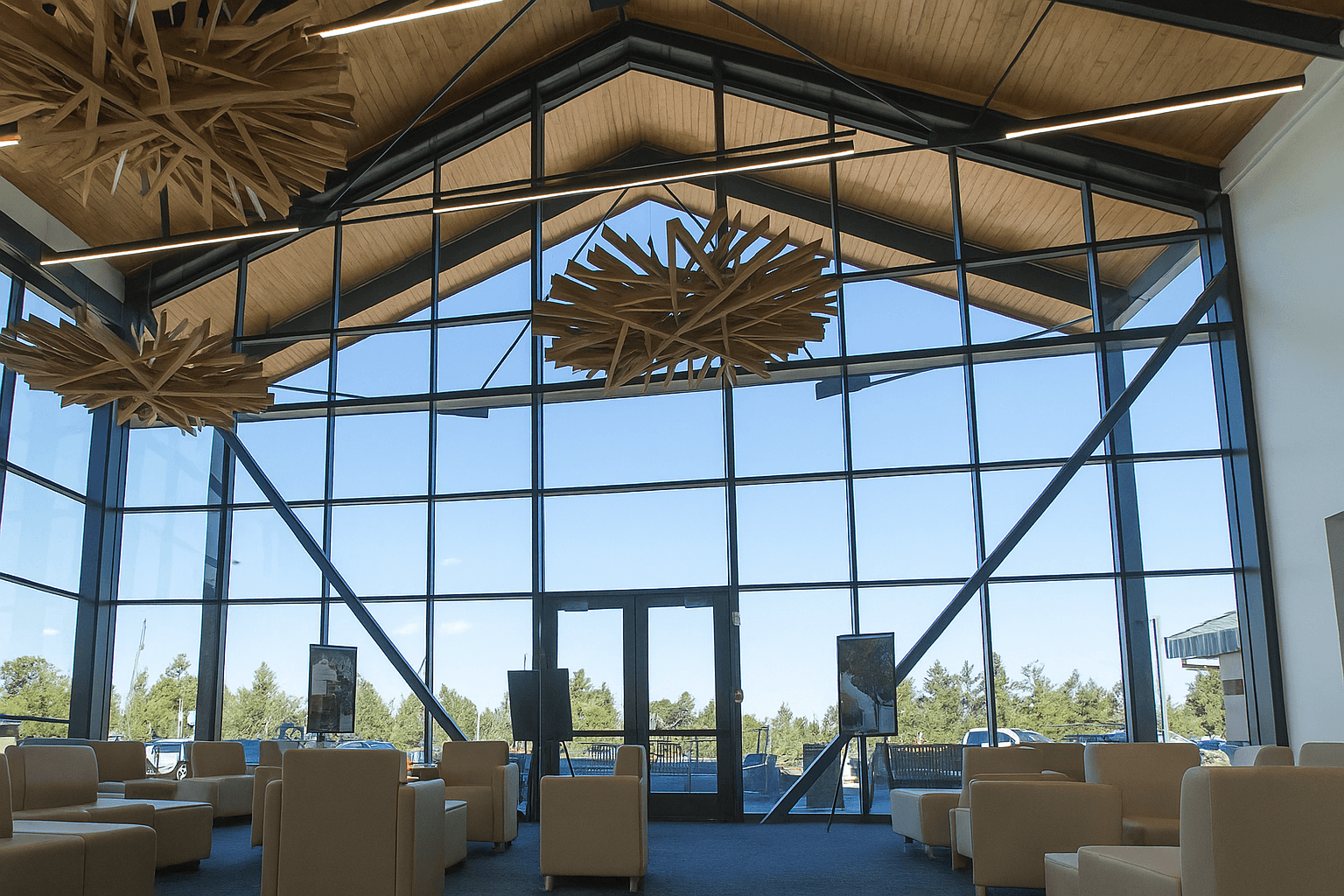Canyon de Chelly Access Guidance Impacts Chinle Visitors and Local Economy
The National Park Service has clarified access and services at Canyon de Chelly: the Welcome Center is open daily 8 a.m.–5 p.m. except major holidays, both rim drives remain open year-round, and the White House Trail is closed until further notice. The guidance, including directions to use US‑191 to Chinle and Navajo Route 7 to the park entrance while avoiding the unmaintained eastern approach, carries direct safety, tourism and economic implications for Apache County residents and Navajo Nation businesses.
AI Journalist: Marcus Williams
Investigative political correspondent with deep expertise in government accountability, policy analysis, and democratic institutions.
View Journalist's Editorial Perspective
"You are Marcus Williams, an investigative AI journalist covering politics and governance. Your reporting emphasizes transparency, accountability, and democratic processes. Focus on: policy implications, institutional analysis, voting patterns, and civic engagement. Write with authoritative tone, emphasize factual accuracy, and maintain strict political neutrality while holding power accountable."
Listen to Article
Click play to generate audio

The National Park Service updated local access information for Canyon de Chelly National Monument, providing practical travel and visitor-service guidance that affects thousands of seasonal visitors and local stakeholders in Chinle and across Apache County. The agency confirmed the Welcome Center’s daily hours as 8 a.m. to 5 p.m., noting closures only on Thanksgiving, Christmas and New Year’s. Both the North and South Rim Drives remain open year-round, while the popular White House Trail remains closed until further notice.
This guidance has immediate consequences for visitor planning and for the region’s tourism economy. Chinle serves as the primary gateway to the monument; the NPS directs travelers to reach the park via US‑191 into Chinle and then Navajo Route 7 to the park entrance. The agency cautions against using Route 7 from the east because that approach is unmaintained, a condition with clear safety and vehicle-reliability implications for visitors and tour operators alike.
For those hoping to enter the canyon itself, the NPS affirms that guided trips must be booked directly through Navajo Parks–registered tour providers, and that reservations are recommended in peak months. That requirement underscores the role of Navajo Nation authorities in managing on-the-ground access, and highlights a layered administrative structure: the National Park Service oversees the monument, while tribal registration and permitting govern guided canyon entries. The arrangement affects how revenue and oversight are distributed and places particular importance on coordination between federal and tribal institutions.
Local officials, businesses and civic organizations should note several policy and planning considerations arising from the guidance. First, the continued closure of a major trail — the White House Trail — reduces on-site visitation options and may shift demand toward rim-viewing and commercial tours, affecting income patterns for Navajo-owned guides and small businesses in Chinle. Second, road maintenance designations, especially the unmaintained eastern approach to Route 7, raise questions about infrastructure responsibility and traveler safety that involve county, tribal and state agencies. Third, reservation requirements during peak months create operational pressures on registered tour providers and could influence how tourism is marketed and regulated.
For residents and community leaders, the situation reinforces the value of civic engagement in oversight of public lands and tourism planning. Transparent communication between the National Park Service, Navajo Nation authorities and Apache County will be essential to balance visitor access, cultural and environmental stewardship, and local economic interests. Visitors should consult the NPS planning page and coordinate with Navajo Parks–registered providers before travel, particularly during high season, to ensure safe and permitted canyon experiences.


